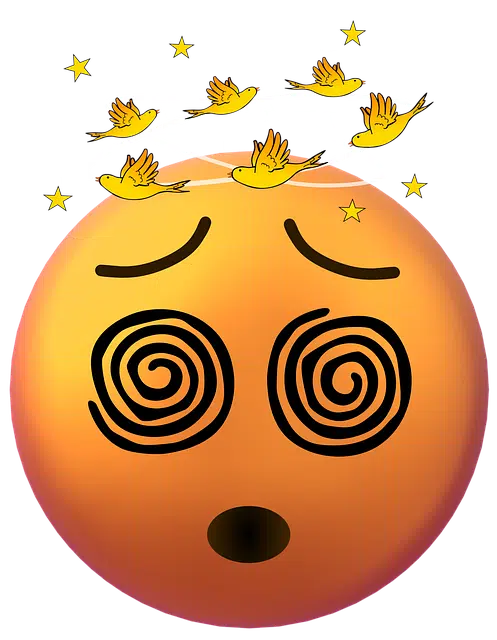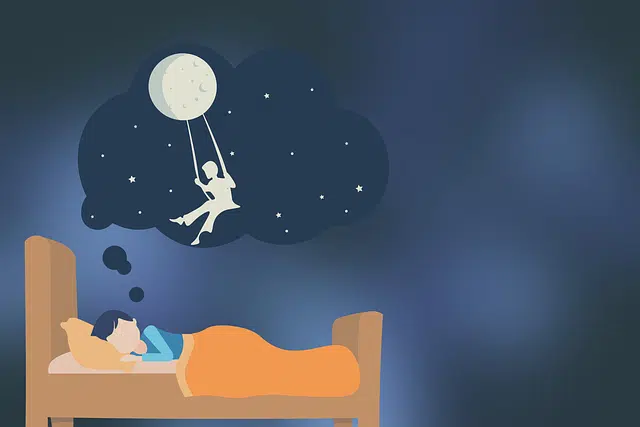
A senseless individual is said to be unconscious.
The first step we are going to take when analyzing the term unconscious is to determine its etymological origin. In this case, we would have to explain that it emanates from Latin and more precisely from the sum of various words of that language: the prefix – in , which is equivalent to a negation; with , which is equivalent to “together”; the verb scire , which can be translated as “know”, and the suffix – nte , which is a present participle.
The notion of the unconscious can be understood in different ways. For everyday language, an unconscious subject is one who does not realize the scope of his or her actions . For example: “An unconscious man driving at one hundred kilometers per hour in the middle of the city ran over a family and caused a tragedy,” “Don't be unconscious, how are you going to climb the mountain without the assistance of professionals?” , “They always accused me of being unconscious: when I was twenty, I sold my belongings and went to live in the middle of the forest in a tent.”
Unconscious is also one who is deprived of meaning : "The victim remains unconscious due to the strong blow he suffered to the head" , "The player jumped to head and was left lying on the ground, unconscious due to the violence of the fall" , "I was unconscious for a few minutes from the shock, but I have already recovered."
The unconscious in psychoanalysis
For psychoanalysis , the unconscious is a system of repressed impulses that do not reach consciousness despite remaining active in the subject. This means that the repressed contents found in the unconscious still have psychic effectiveness since they act through various mechanisms. Dreams and failed actions are manifestations of the unconscious.
It is important to establish that, throughout history, there have been many personalities who have studied and focused their research on the unconscious. Among those, without a doubt, the Austrian doctor Sigmund Freud would stand out.
That established that the aforementioned unconscious had the peculiarity that it was internal to the subject but that the subject could not access it directly. What's more, he determined that it was made evident through elements such as lapses or even dreams. He left all of this captured through works such as “It, I and Superego” and “Beyond the Pleasure Principle.”
But there is still more. Another of the illustrious minds of the 19th and 20th centuries who did not hesitate to study the unconscious in depth was the Swiss doctor Carl Gustav Jung. In his case, the greatest contribution he made in this regard was that he formulated the concept of the collective unconscious, with which he came to define that entire set of symbols and ideas that are part of the psyche of any citizen.

The unconscious can manifest itself through dreams.
A set of mental processes and a collective representation
At a psychological level, we also speak of the unconscious to name the set of mental processes that are executed automatically (that is, without being consciously thought about). Breathing, for example, is an unconscious action since the subject does not think every time he inhales or exhales.
The collective unconscious , finally, refers to the common representations of a society .
